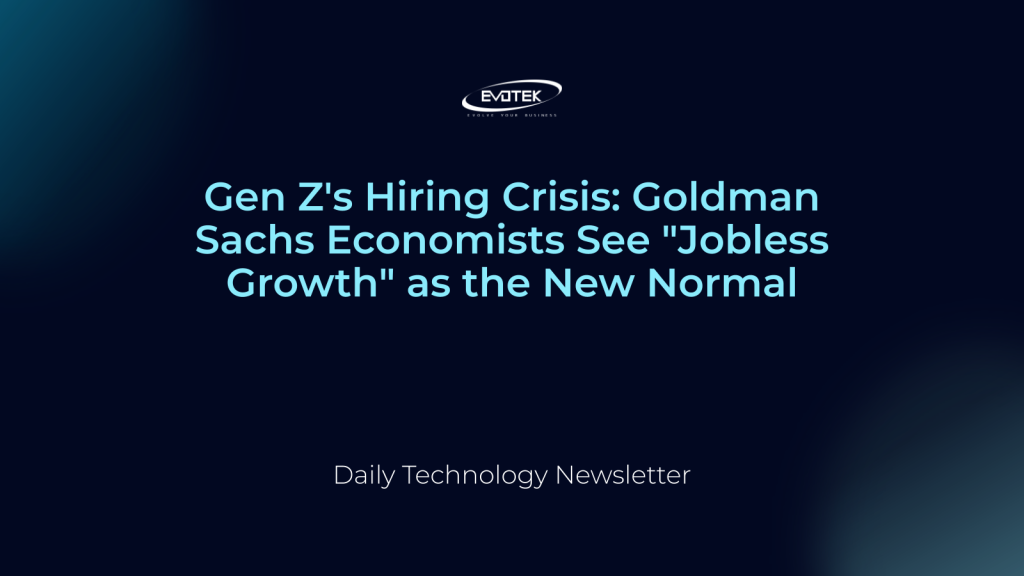The U.S. labor market is reportedly shifting into an unprecedented phase, described by Goldman Sachs economists David Mericle and Pierfrancesco Mei as “jobless growth.” This economic phenomenon, detailed in their recent October 13 note, echoes Federal Reserve Chair Jerome Powell’s September characterization of a “low-hire, low-fire” market. Notably, Powell highlighted the difficulties faced by Gen Z, particularly “kids coming out of college and younger people, minorities,” in securing employment.
The challenging climate for entry-level hiring in the mid-2020s has various suspected causes. Some experts attribute the slowdown to the escalating impact of artificial intelligence (AI) on the economy, while others point to broader macroeconomic uncertainties, including the fluctuating tariffs experienced under the previous administration. Regardless of the specific drivers, the consensus is clear: navigating the job market right now presents significant hurdles, especially for new entrants.
Mericle and Mei emphasize that the recent trend of modest job growth alongside robust GDP expansion is likely to become a prevailing feature in the coming years. Their forecast suggests that the vast majority of future economic growth will stem from powerful productivity gains, significantly amplified by ongoing advancements in AI technology. Conversely, contributions from labor supply growth are expected to remain modest, primarily due to an aging population and lower immigration rates. This outlook solidifies the economists’ prediction of a sustained era of “jobless growth,” redefining traditional expectations for U.S. labor market trends and posing unique challenges for the evolving workforce.

 日本語
日本語 한국어
한국어 Tiếng Việt
Tiếng Việt 简体中文
简体中文